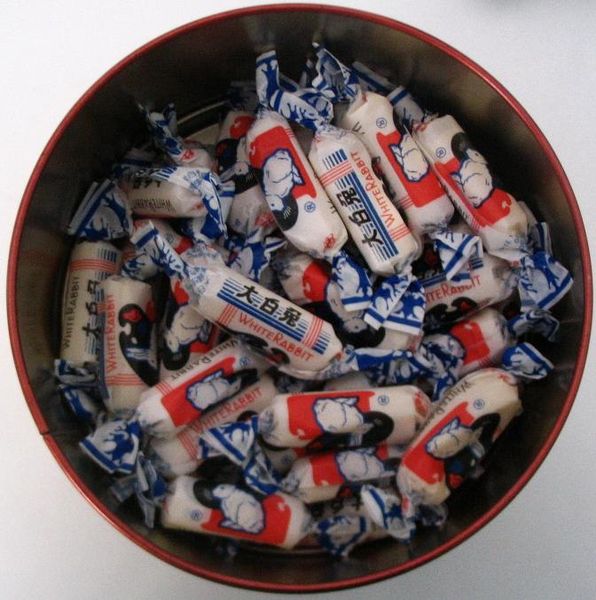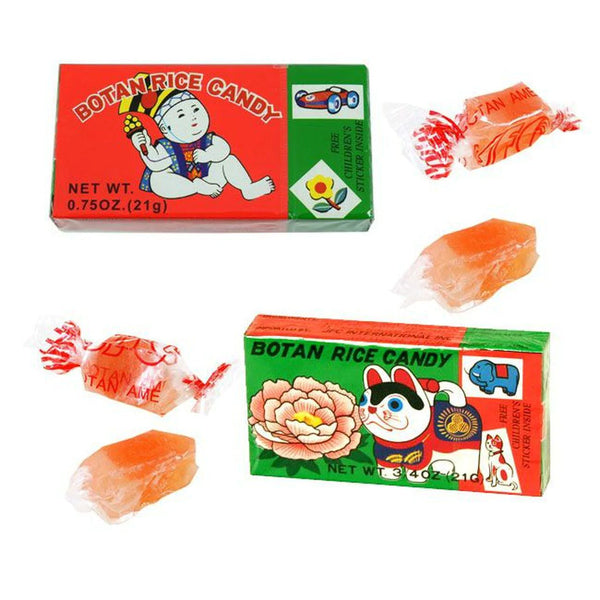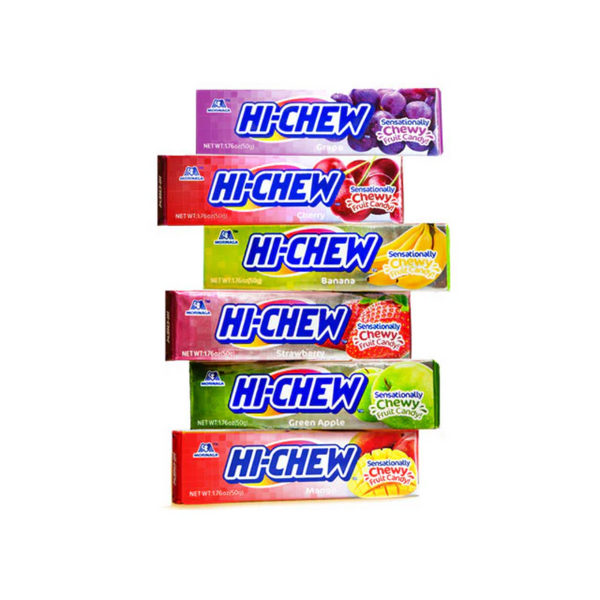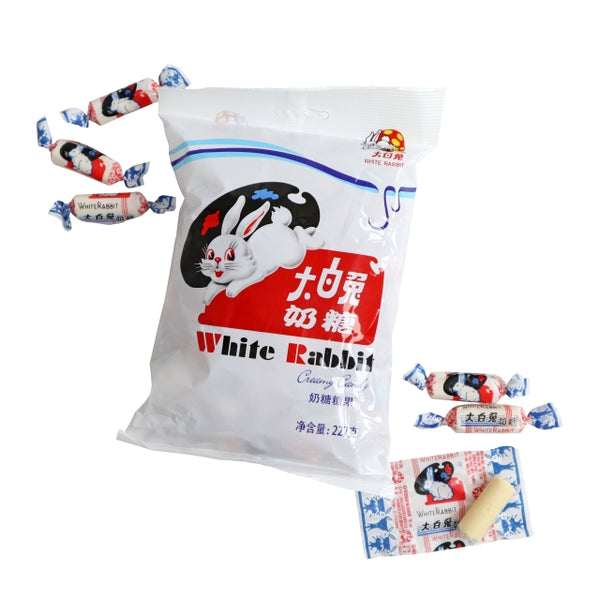
How Sweet It Is: Fun Facts About Asian Candy
Halloween is almost here so you know what that means: candy candy candy! While chocolate, candy corn, and lollipops might be more up your alley, there’s no denying the unique appeal of Asian sweets. That’s why we’re taking a look at some fun facts you might not know about four quintessential Chinese and Japanese candies.
The White Rabbit logo was once a Disney-like mouse
"Mickey Mouse Sweets" doesn’t quite have the same ring, does it? However, that’s what this Chinese candy was first called when it came out in the 1940s. After the Communist Revolution, the imperialist rodent was rejected for the now-famous rabbit.
BONUS FUN FACT: This creamy candy uses milk powder imported from New Zealand and comes in a variety of flavors, including red bean, peanut, yogurt, and chocolate.
Hi-Chews were developed as an edible chewing gum

In Japan, taking food out of your mouth is considered a big no-no. That’s why Taichiro Morinaga invented Chewlets, a dissolvable, strawberry-flavored morsel you could chew like gum but didn’t have to spit out. Eventually, Chewlets would be come Hi-Chew.
BONUS FUN FACT: Taichiro Morinaga was a self-made man who grew up poor and uneducated. He was first introduced to candy at 23 when he ventured to the U.S. and a kind stranger offered him the sweet treat. Hence, the birth of a candy empire.
Haw Flakes were believed to relieve indigestion, constipation, and other ailments

Illustration by Felicia Liang
These tart wafers made from the Chinese hawthorn, a kind of fruit, were thought to treat intestinal issues, low energy, anxiety, and even bad complexions. We don’t know about all that. What we do know is just the sight of those crimson discs sends us straight back to childhood.
BONUS FUN FACT: Hawthorns are also the basis of another popular Chinese snack, tanghulu, or candied haws. The sticky treat come several to a stick.
The real meaning of Botan Rice Candy

Did you know that "botan" in Japanese means "pomelo"? That makes this grapefruit-like name the perfect moniker for this subtly citrusy candy.
BONUS FUN FACT: What does rice have to do with this pomelo-flavored candy? The clear inner wrapping is rice paper, making it dissolvable and edible.
Have we got your mouth watering? Check out our whole snack selection.




